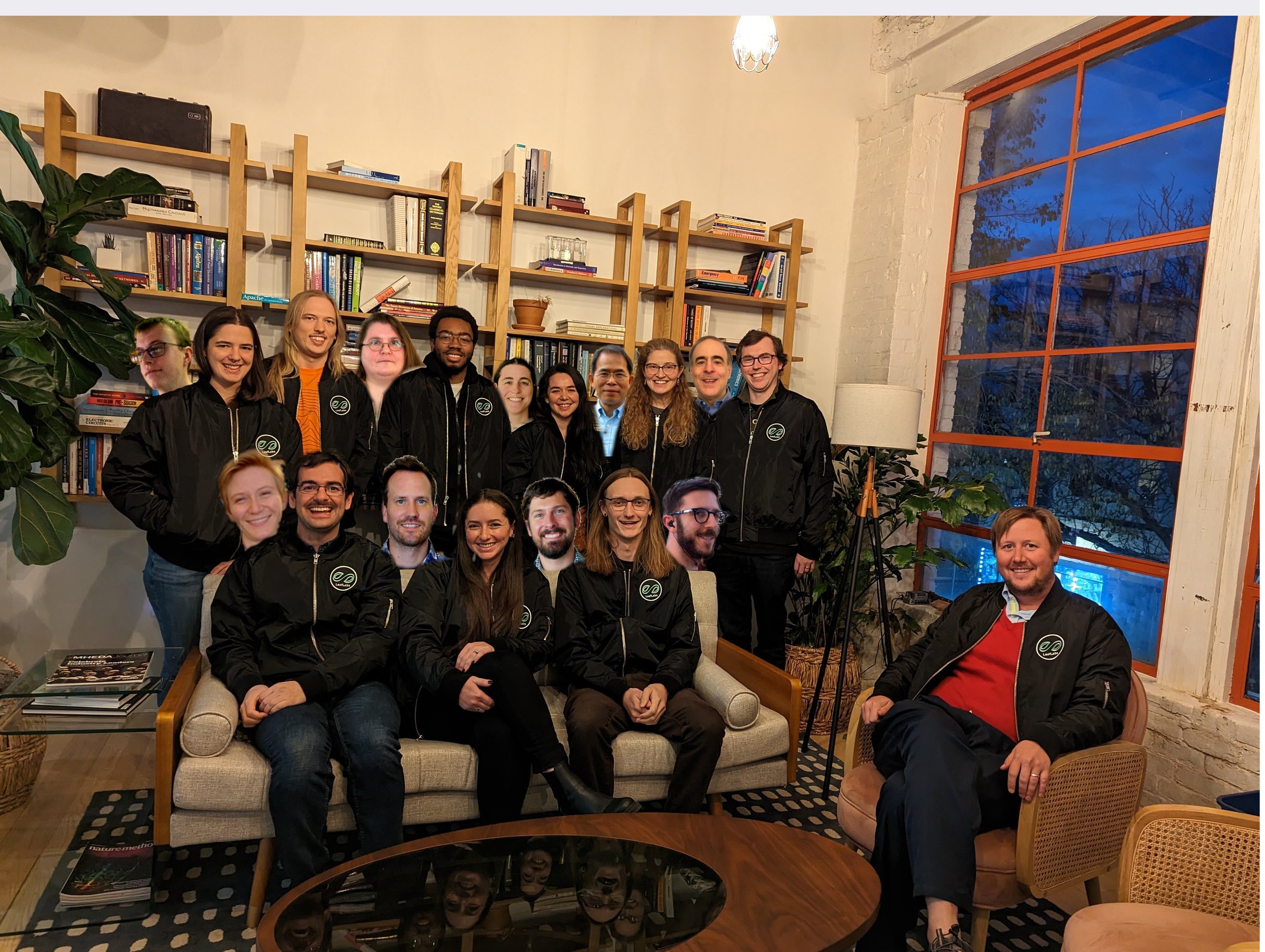The LeafLabs Team
Creative & Inventive
Our team brings expertise from top organizations such as NVIDIA, Analog Devices, Microsoft, SpaceX, BBN, Apple, and Google. We are uncompromising about finding the best talent when it comes to hiring, both internally and in our global network of trusted subcontractors. In our off hours, we are musicians, authors, artists, rock-climbers, and jugglers in training.

Meyer recruited four friends and fellow MIT grads to leave jobs and PhD programs to start an R&D firm that would tackle the computer industry's toughest challenges. Together they have tackled over a dozen projects, each one more ambitious and high profile than the last. Under Meyer's leadership, LeafLabs has doubled its revenue yearly since its founding. In his hectic schedule he still finds time to play guitar and improve his game of Go. (MIT, EECS ‘09)
Tasman brings years of experience in designing and developing successful embedded systems, with hands-on development in C. As part of Google’s Project Ara, Tasman led the Data Movement team and consulted on ASIC architecture. Before LeafLabs, Tasman was a Lead Scientist at BBN Technologies, where he applied research findings to the development of advanced communications systems, turning theory into practice. He is the holder of multiple patents and a novice juggler. (MIT, B.S. Computer Science & Engineering ’83/ University of Wisconsin-Madison, M.S. Computer Sciences ‘88/ University of Wisconsin-Madison, Ph.D. Computer Sciences ‘94)
Friedman comes to Leaf Labs with a decade of program management experience across consumer electronics, machine learning and life science industries. She enjoys finding process improvement opportunities, and helping teams work more efficiently. Outside of work, you can find her cooking for family and friends, and scouring antique stores for mid-century furniture. (University of Massachusetts Amherst, BBA Supply Chain & Operations Management ‘13)
Barber specializes in FPGA firmware, computer architecture, and hardware design. She has served as the PI for LeafLabs on an active Neuroscience grant with the NIH. Before founding LeafLabs in 2009, Barber developed FPGA systems at SpaceX. She was a primary developer on the CUCU radio, which is currently installed in orbit on the ISS, that enables communication with the SpaceX Dragon capsule. Among her other accomplishments Barber is a published author of science fiction. (MIT, B.S. Physics ‘08, B.S. Electrical Engineering & Computer Science ‘10)
As LeafLabs’ Director of Neuroscience, Sherwood brings over 15 years of experience as an in vitro and in vivo electrophysiologist; split between top research Universities/Institutes.. He is skilled at performing single & multi-unit extracellular recordings, evoked field potential recordings, and whole cell patch clamp recordings. Using LeafLabs’ high-density multi-electrode arrays, Sherwood pioneered multi-unit recordings from intact cerebral organoids. Before LeafLabs, Sherwood was a Postdoctoral Fellow with Prof. John Isaac (NINDS, '08-'10; Eli Lilly, '10-'13), followed by a Research Associate in the Lab of Prof. Paola Arlotta (Harvard University, '14-'18). In Sherwoods spare time he is slowly turning his backyard into a farm. (University of Bristol, BSc Neuroscience with a year in Industry '03 / University of Bristol, PhD Neuroscience '07)
Furie started his career doing microprocessor verification, first for Intel, working on Itanium, and later for Microsoft where he worked on the Xbox One and the Hololens. Leaving processor design behind, he jumped over to Nest to work on their thermostat product line before leaving to co-found a startup building products for cyclists. He's also worked on sub-sea automation and instrumentation systems for off-shore fish farms, and helped resolve IT issues at hospitals in Rwanda. Outside of work, he enjoys building things outdoors and is an aspiring machinist. (Cornell University, B.S Electrical & Computer Engineering '08)
Morozova received her B.A in English from the University of New Hampshire intending on spending the rest of her life in the publishing industry. After several years of selling copies of “Integrated Chinese” and wrangling authors for the “Foundations of Algorithms” 4e and many other manuscripts, she realized that she enjoyed supporting tight knit groups of creative innovative people. Now at LeafLabs, Morozova supports, oversees, and ensures that everyone has what they need. As LeafLabs grows and expands Morozova’s passion for editing and growing interest in marketing will prove to be useful in the future. (University of New Hampshire, B.A. English ‘11)
Baus comes to LeafLabs as a recent graduate from the University of Arizona. His career starts as a data scientist for the University's O'Haire Lab before pursuing embedded firmware development. After hours, he spends time working on his 3D printer, playing with his cat, pondering on long walks, and learning about history.
Ciesielski comes to LeafLabs having spent the past decade or so of his career on a wide variety of software and hardware projects ranging from race car telemetry systems, to accounting software for commercial fisheries, to most recently bending a fleet of autonomous manufacturing robots to his will using Haskell. When he isn't working, he enjoys spending time with his wife, tinkering on his never ending race car project, and tending a small pride of house cats.
Dority comes to Leaf Labs with years of experience in C programming, mobile and embedded systems. She is already bored with the list of hobbies she had at the beginning of this sentence. (University of Connecticut, BSEng. '98; University of Massachusetts - Lowell, MSEng. '05)
Jakob is an electrical engineer with experience designing SLA 3D printers at Formlabs, building embedded development kits at NVIDIA, integrating low-cost body-tracking systems at Cooper Union's MiliLab, and qualifying quantum computers at NYU's Shabani Lab. Outside of work, you can find Alexa biking around Boston, rowing on the river, or home knitting sweaters for friends' cats. (The Cooper Union, B.E. Electrical & Computer Engineering)
Lamantia has spent his career developing embedded systems in the defense, medical, and research fields. At LeafLabs, Lamantia is developing data acquisition systems that pushes the boundary of the state of the art. His efforts have involved: digital logic development, systems development, system architecture, and data visualization. Formerly, Lamantia developed Ophthalmic ultrasound devices and digital signal processing algorithms for ophthalmic data visualization at Sonomed Escalon. Lamantia is a cat owner and whiskey enthusiast. (University of Florida, B.S. Electrical Engineering ‘11/ University of Florida, M.S. Electrical Engineering ’12).
Lairmore dipped her toe into the embedded / hardware world as a graduate student doing research in a computer architecture lab. After leaving school she learned more about embedded programming and mechanical systems from working at a robotics startup called KeyMe. Her technical interests span from FPGAs and embedded systems to abstract functional programming concepts in Haskell. When she isn’t tinkering with home coding projects, she is out on the trails with her dog or home knitting. (Bucknell University, BS Computer Science ‘13, Columbia University, MS Computer Science ‘15)
Martin studied Mathematics in college and was employed for several years afterwards as a tutor. At LeafLabs, his embedded systems programming and hardware engineering skills are increasing at a geometric rate. In his free time, he likes to cook, sing Lieder, and opine about mathematical constructs to anybody who will listen. His daughter (age 4) has stated her intent to become an engineer by pointing at a computer screen and declaring that she "hates the numbers"; his son (1) has followed in his sister's footsteps by eating the family keyboard. (MIT, S.B., Mathematics 2018)
Before joining Leaflabs, Pohorecky worked on robotic autonomy systems at CSAIL and Draper which gave her an appreciation for complex system design and interfacing with the real world. Her wide variety of interests lead to her to gain experience in operating systems, circuit design, and FPGA programming, among other things, which she tries to put to good use at work. After hours, she builds combat robots and electric go-karts, and complains about living too close to the office to ride her motorcycle to work. (MIT, B.S. Electrical Engineering and Computer Science '19)
Sadun joined LeafLabs in 2020, and currently works on grants supporting research in neuroscience. His background is in signal processing, communication theory, and electromagnetics, and he studied computational photonics in graduate school. Beyond work, Sadun loves puzzle hunts, dancing, and playing piano, and is active in local politics. (MIT B.S. in Physics + EE '17, M.Eng in EECS '19)
Spatz is an electrical engineer with experience in embedded development, consumer electronics, signal processing, and RF design. At Leaf Labs, he works on neurophysiology and electrophysiology data acquisition systems. His Master's thesis work was in custom parallel MRI receive arrays. He recently re-grouted the shower in his apartment, and it turned out pretty OK. (MIT, B.S. Electrical Engineering '14/ MIT, MEng Electrical Engineering 2016)
Young is an ASIC designer at LeafLabs. He is working on full custom CMOS IC development for the Willow project. He started his career as an electrical engineer doing microprocessor HW/SW design. Since his PhD program, he has established himself as an engineer/scientist in the area of optoelectronics and semiconductor technologies. Outside of work, he enjoys playing classic piano and building fun robots. (Sogang University in Seoul, BS Electronics, '77 / University of Florida, PhD Electrical Engineering, '89)


















